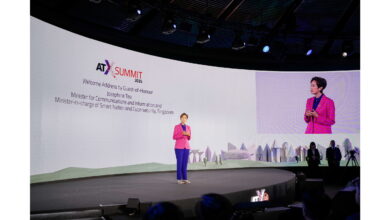As Pressure Around AI Returns Increases, Companies Using Should Know the Generative AI Basics

In an era defined by rapid technological advancements, the surge of generative artificial intelligence (AI) and Large Language Models (LLMs) stands out as a particularly transformative development. It’s a trend that’s leading to a wealth of new AI-powered solutions for businesses to consider investing in, whether as part of their internal tech stack or as a potential sector of expansion. But with any nascent technology still proving its value in the world of day-to-day business operations, To make a wise decision around generative AI solution investments, though, businesses need to know their generative AI basics.
As companies weigh the right way to use generative AI, the AI industry is at teetering point in its development where its having to prove itself as a viable investment and efficacious tool. Some reports tell a story of eagerness; according to PitchBook data, in 2023 alone, nearly 700 generative AI ventures received around $29.1 billion, a significant increase from previous years. Other organizations tell a story of wavering confidence; while the generative AI industry is seeing a boom in investment, the newest report out of Stanford’s Institute for Human-Centered Artificial Intelligence found that total private investment in AI fell for the second year in a row, guided by an understanding that AI is still riddled with both technical and go-to-market challenges.
If the larger AI industry is still having to prove itself to the market, then it’s still imperative for companies to know their generative AI basics before investing in any AI-specific or AI-supported solutions for their businesses. Where should businesses start in understanding the fundamentals, the core operational aspects, and most useful applications for generative AI?
Gerry Mecca, a seasoned technology leader and Principal at The EKG Group, breaks down the generative AI basics to help businesses better understand what they’re getting into, operationally and liability-wise, when they adopt generative AI solutions.
“These learnings make this technology somewhat what’s called a neural network. It is neural because it’s not just predictive information that says if this, then this. It is actually doing a bit of thinking for you based on its last response. So LLM, Large Language Model, think about it as like taking the entire library and sticking it in a computer and making it ready to be accessed easily,” Mecca said.
Article written by Daniel Litwin.



